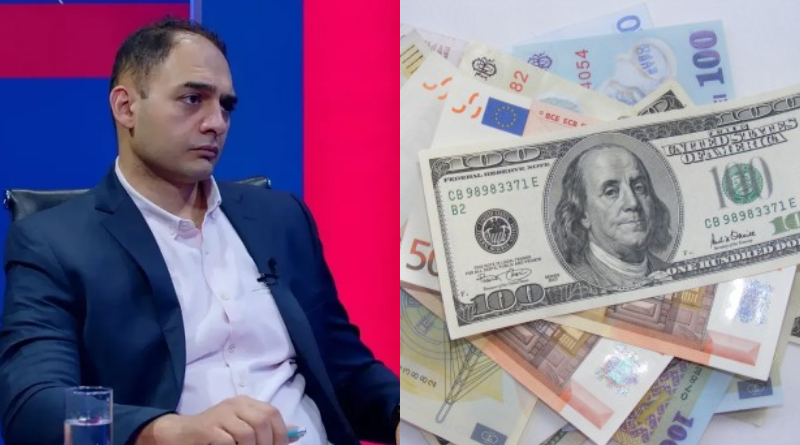
The Armenian product has lost its competitiveness in Russia
The changes in the exchange rate of the dollar on November 27 and the following days (397 drams) have already had some impact on Armenia’s economy. The prices of several goods in stores have increased, becoming the focus of public discussions. According to economist Aghasi Tavadyan, this process is caused by the sanctions imposed on Russia and restrictions in monetary policy.
Currently, around 23,000 sanctions are being imposed on Russia. Ursula von der Leyen announced that the European Union will no longer import gas from Russia. After that, the value of the Russian ruble sharply dropped. However, the situation has already stabilized. Compared to Wednesday, the market has become calmer.
The Russian market is one of Armenia’s key foreign trade partners. Particularly, the export of agricultural products and tourism between the two countries have reached large volumes. According to official data, the total trade turnover during the January-July period of this year amounted to 9.32 billion dollars. However, the depreciation of the ruble is affecting the competitiveness of Armenian products in Russia.
If one of our businessmen was exporting a product to Russia in 2022 and was selling it for 6 drams per 1 ruble, at this moment, selling it for the same 6 drams would result in a price of not 1 ruble, but 1.6 or 1.7 rubles in Russia. In other words, our product has lost its competitiveness in Russia.
In the latest reports of the International Monetary Fund (IMF), it can be seen that the Armenian dram remains mostly stable, with neither sharp devaluations nor price increases.
De jure, the exchange rate of the dram should be floating freely, but de facto, this is not the case. If we look at the Georgian lari, it floats freely over time, meaning that one day it has one value, and the next day it has another. Our business operators are accustomed to the dram being pegged to the dollar. Even the slightest fluctuations in the dollar are felt sensitively by our economic players, which is problematic.
The economist mentioned that with the rise of the dollar, gasoline will also become more expensive, by about 10-20 drams. The main reason for this is that gasoline is purchased in Armenia with dollars, and to buy the same amount of gasoline, business operators will be forced to purchase it at a higher price.
The exchange rate presents a sharp challenge for both the government and the central bank. What does this mean? The appreciation of the dram affects sectors like IT, tourism, exports, and others, but the depreciation of the dram could lead to price increases within the country.
